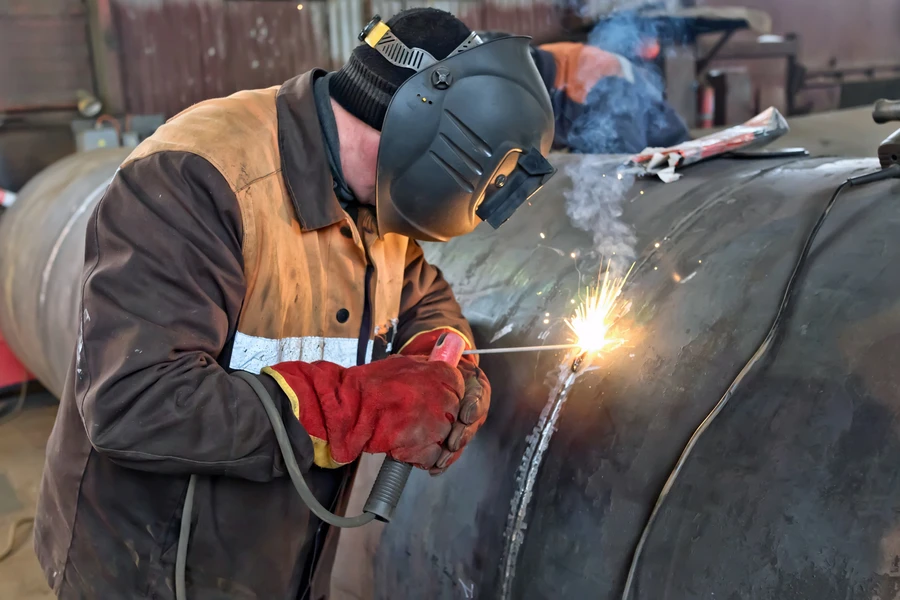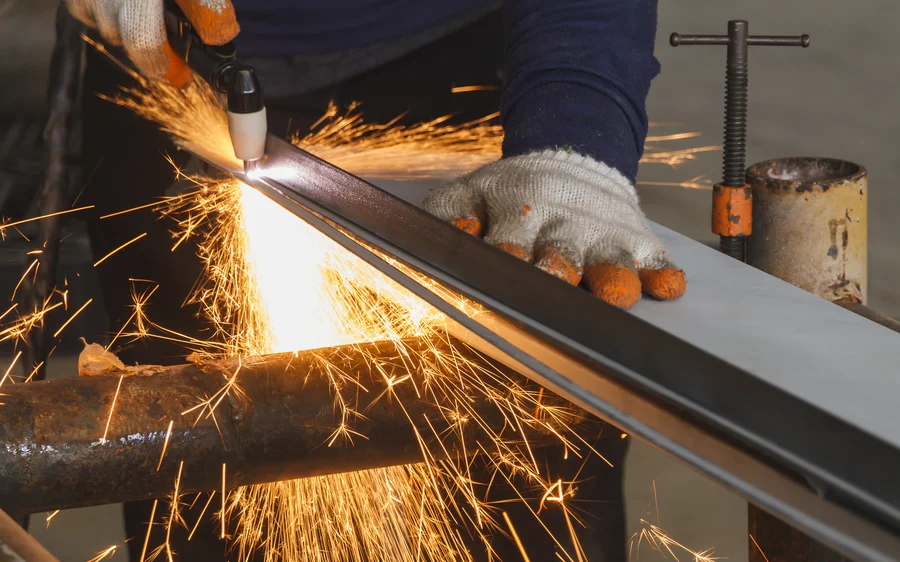Essential Practices to Ensure a Safe Welding Experience
Welding is an essential skill in various industries, and it involves joining materials by melting them together. While welding can be rewarding and necessary work, it also comes with significant risks if proper safety measures are not followed. This guide will provide you with the key safety practices every welder should adhere to. Whether you’re new to the industry or a seasoned professional, these tips will help ensure your well-being.

The Importance of Protective Gear
Personal protective equipment (PPE) is a fundamental aspect of welding safety. It includes items like helmets, gloves, and flame-resistant clothing. A good helmet with a proper shield protects your eyes from harmful ultraviolet and infrared rays. Gloves protect your hands from burns and electric shock. Wearing flame-resistant clothing helps prevent severe burns from sparks.
Ensuring Workspace Ventilation
Proper ventilation is crucial in any welding environment. During steel welding, hazardous fumes and gases can accumulate quickly. These gases can cause respiratory problems and other serious health issues. Ensure the workspace has adequate ventilation systems in place, such as exhaust fans or fume extraction units.
Electrical Safety Precautions
Welders must be aware of electrical hazards while working. Always check that all electrical cords and equipment are in good condition before starting any steel welding project. Make sure that cords are not frayed or damaged. Using tools with grounded plugs is necessary to avoid accidental shocks.
Fire Prevention Strategies
Fire is a constant risk when welding due to the high temperatures involved. To minimize this risk, keep flammable materials away from your work area. Have fire extinguishers readily available, and know how to use them effectively. Regularly inspect your work area for potential fire hazards.
Safe Handling of Compressed Gas Cylinders
Many welders use compressed gas cylinders during their work. Mishandling these cylinders can lead to dangerous situations. Store cylinders upright and secure them to prevent tipping. Always handle cylinders with care and follow manufacturer guidelines for safe usage.
Best Practices for Ergonomics
Welding often requires awkward positions that can strain the body over time. Implementing ergonomic best practices reduces fatigue and prevents injuries. Use adjustable chairs or stools to maintain comfortable posture during long sessions. Take regular breaks to stretch and move around, promoting circulation and reducing muscle tension.
- Wear appropriate personal protective equipment at all times
- Ensure proper ventilation in the workspace
- Maintain electrical safety by regularly inspecting equipment
- Keep a tidy work area to prevent fires
- Handle compressed gas cylinders with care
- Adopt ergonomic postures and take breaks
The Impact of Following Safety Guidelines
When welders adhere to these safety measures, they significantly reduce their risk of injury. They also create a more efficient and productive workplace environment. By prioritizing safety, welders can enjoy longer careers without compromising their health or wellbeing.

Contact Us for Professional Guidance With Welding Safety
Your safety is our priority at Tate Welding LLC. We are located in Cleves, OH and ready to assist you with expert advice on welding safety practices. Feel free to reach out to us at (513) 418-8066 for further information or assistance in ensuring a secure welding environment.
